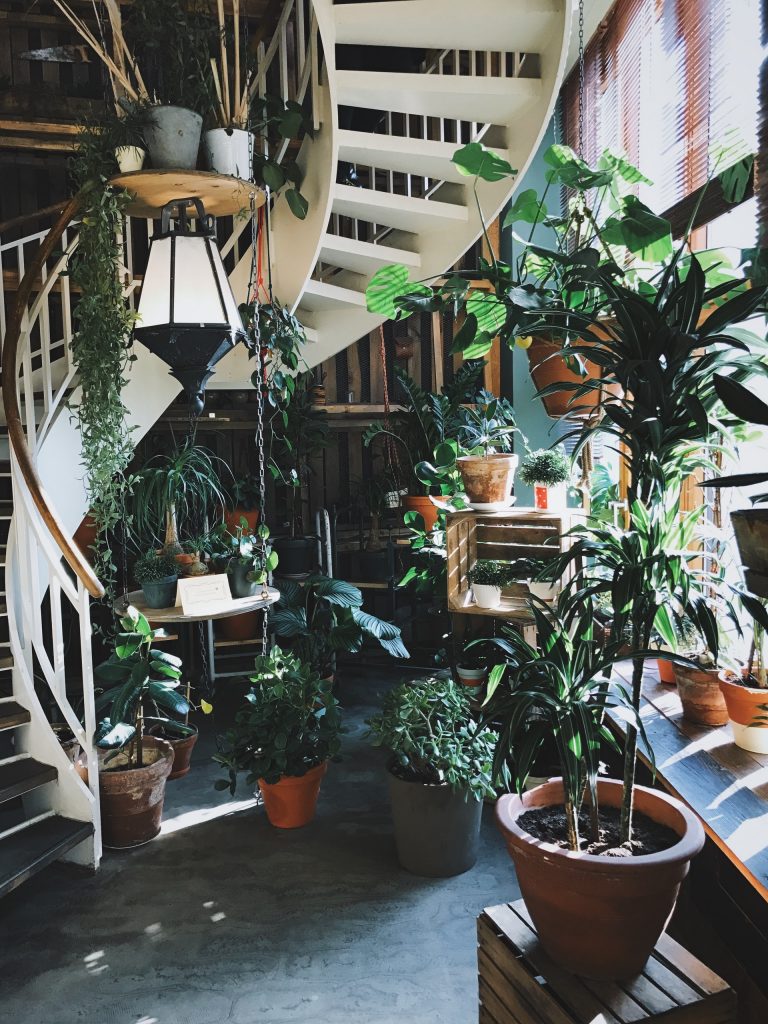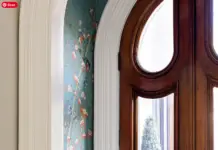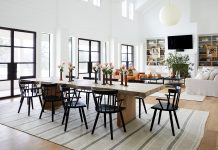Last year, you discovered the joy of caring for indoor plants, and this year, you want to take the next step: tending an indoor garden. Indoor gardens pay you back with herbs, fruits, veggies and other goodies, all the while giving your home some natural beauty and a much-needed hit of fresh oxygen.
Yet, despite all these benefits, many are nervous about the prospect of bringing a garden inside. To quell your anxiety, here are answers to your most pressing concerns about indoor gardens:
Which Plants Are Good for Indoor Gardening?

Indoor gardens are, by nature, container gardens — unless you plan to rip a hole in your home’s foundation to plant your indoor garden in the soil. Thus, it is important that you select crops known for tolerating container growing well. This cuts out plants that tend to grow large, like most fruit trees, as well as crops that require a significant amount of land space, like wheat. You might also think twice about plants that require extensive watering or fertilizing. For example, even if your home is 420-friendly, you might choose to continue visiting a Detroit dispensary instead of cultivating weed at home because cannabis can be so laborious to raise properly.
If you are new to gardening in general, you might want to start small and simple, with an indoor herb garden. Most herbs are rather good at telling you when they need something, like more water or less light. A number of vegetables are also happy to grow indoors, like tomatoes, peppers, scallions and various leafy greens.
Then again, if you aren’t particularly interested in garden vegetables, you can fill your garden with beautiful flowering plants. Begonias, geraniums, African violets and jasmine all produce beautiful blooms and are best kept in a controlled environment indoors.
No matter what type of plants you select for your indoor garden, you need to think about your ability to care for them properly. You might want to take advantage of automatic watering systems appropriate for indoor gardens, and if your windows don’t allow enough sunlight, you might need to invest in LED grow lights. If you forget to factor in important resources like water, light, soil and ventilation, you will end up with containers full of unsightly dead plants.
Can Gardens Fit Into Your Interior Style?

Living plants never go out of fashion, and it is easy to integrate an indoor garden into any interior design style. Still, it is possible to create an indoor garden that interferes with the look or functionality of your interior space. To ensure this doesn’t happen, you should consider:
Your containers. It usually doesn’t matter what kind of containers you use, as long as they have appropriate space and drainage for your plants. Thus, you should select containers that suit your interior style. This might mean upcycled items or mason jars if you have an eclectic style, or it might mean sleek and sophisticated containers if your interior look is more glam.
Your garden’s location. Your garden needs to be near a source of natural light, or else it will require help from grow lights. However, you don’t want to place your garden in the middle of a walkway or in any other area that will impede the natural flow of your home. You might consider creating a vertical garden on a wall of your home if you have limited horizontal space, or you could hang your garden using ceiling hooks.
Are There Any Downsides to Indoor Gardening?

Gardening indoors gives you more control over the environment around your plants, which can allow you to raise a healthier crop. Indoor plants also add beauty to interior spaces. However, there are some downsides to keeping a garden inside your home.
For one, indoor gardens tend to require much more maintenance than outdoor gardens. Because their environment is not supplying them with the right resources and nutrients, your plants are relying on you to stay healthy. If you neglect them, they will wither, and dead plants are not attractive in any space. Additionally, an indoor garden might increase your cleaning responsibilities, as soil from your garden might end up on your floors and dust can accumulate on plant leaves.
For some, indoor gardening is immeasurably rewarding; for others, it is a major pain. If you are looking for another challenge after mastering basic care for indoor plants, and indoor garden might be your next step — and you will need to learn for yourself what indoor gardening looks like for you.
Thanks to all the companies linked above.
























